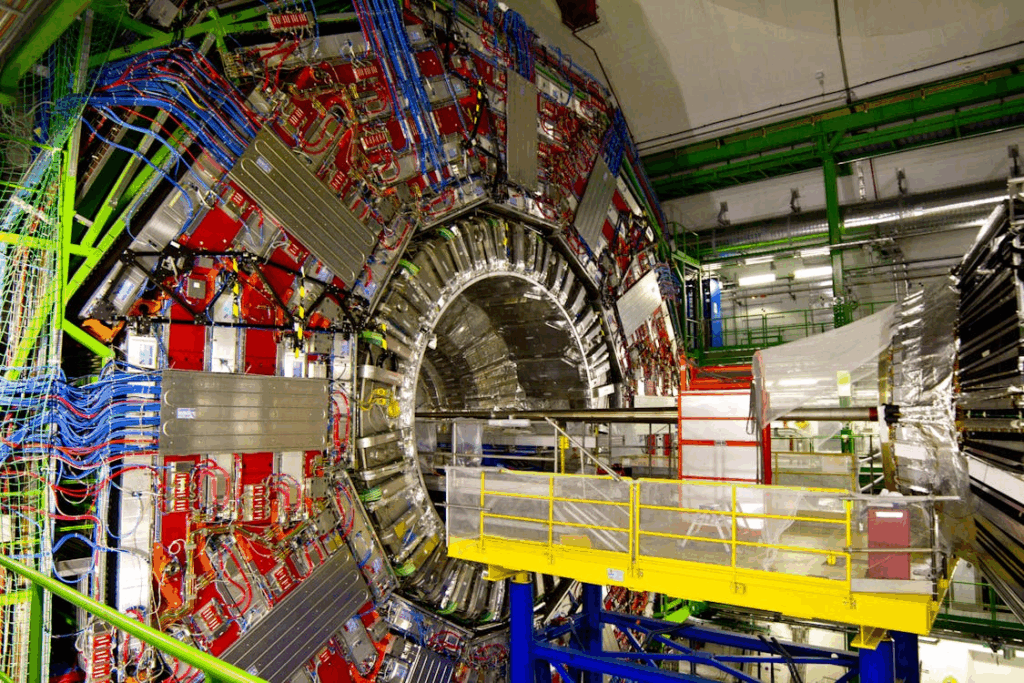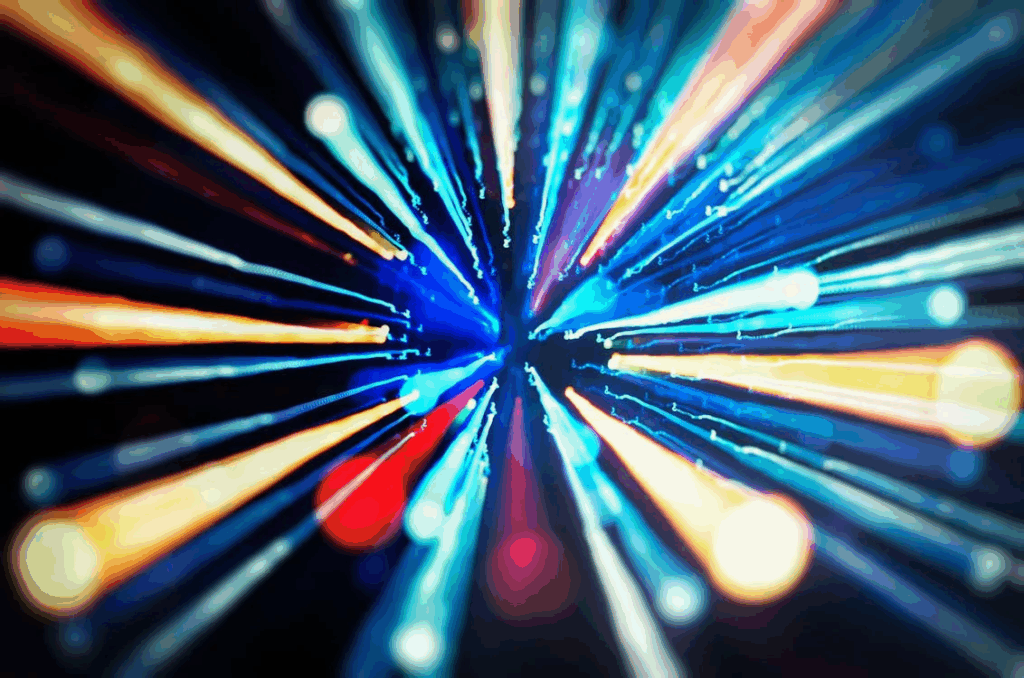Quantum theory explains a phenomenon that occurs in an incredibly short space of time. Scientists, over many decades, have been researching the quantum realm to understand how it works better. From improving quantum computing, to unhackable communication, the implications are extensive. For years, physicists have treated entanglement as almost “instantaneous” and not pinning down its origins. However, a new discovery has emerged that begins to question our previously held notions on quantum theory.
Researchers at TU Wien, located in Vienna and collaborating institutions in China have achieved the first measurement of quantum entanglement’s formation speed. They calculated that this process unfolds in attoseconds (a billionth of a billionth of a second). Published in Physical Review Letters, their work reveals how particles become inseparably linked faster than previously thought possible.
This begins to challenge our conventional notions of time and causality. Led by Prof. Joachim Burgdörfer and Prof. Iva Březinová, the team used advanced laser experiments and computer simulations to track entanglement’s “birth”. This research could open new doorways into our understanding of the quantum realm, already shaking up previous held theorems.
What is Quantum Entanglement

Quantum entanglement, often dubbed “spooky action at a distance” by Einstein, describes a phenomenon where two particles share a unified quantum state. Most people who have ever come across quantum theory would have probably heard of Schrödinger’s cat. It is the famous thought experiment where a cat in a box is simultaneously alive and dead until observed.
In entanglement, particles exist in a superposition of states, but their fates are irrevocably intertwined. A superposition of states means that at the quantum level, particles can exist in multiple states simultaneously, like being in two different positions at once. Measure one, and the other’s state instantly resolves, even if they are vast distances away. “You could say the particles have no individual properties; they only have common properties,” explains Burgdörfer. “Mathematically, they belong together, even if separated by galaxies.”
Lasers, Electrons, and Attosecond Precision

For many years physicists focused their research on maintaining quantum entanglement for as long as possible. This is to power processes like quantum cryptography and quantum computing. However, researchers at TU Wien, led by Prof. Iva Březinová have approached entanglement differently. Their research focused on how entanglement actually begins.
The team studied entanglement’s origins by bombarding atoms with intense, high-frequency laser pulses. When the laser struck, the first electron was ejected as a free particle, while a second electron absorbed residual energy, shifting to a higher energy state. This initiated a shared quantum state between the electrons, correlating their properties like energy and spin. Astoundingly, entanglement didn’t happen instantaneously but unfolded over around 232 attoseconds.
To measure this ultrafast process, researchers used two synchronized laser beams, revealing the escaping electron existed in a quantum superposition, meaning it left both “earlier” and “later” simultaneously. The departure time correlated with the energy state of the remaining electron. Electrons in a higher energy state implied earlier ejection, lower energy later, averaging 232 attoseconds. “The electron doesn’t just jump out. It’s a wave that spills out, and that takes time,” explains Prof. Iva Březinová. This temporal link during the spill phase marked entanglement’s precise “birth” moment. “The electron itself doesn’t know when it was ‘born,’” Burgdörfer remarks. “It exists in a quantum superposition of timelines.”
Read More: Quantum Glass Battery Will Change The World
Implications for Quantum Technologies
Understanding quantum entanglement plays a major role in advancing quantum technologies. Quantum entanglement serves as the fundamental building blocks for quantum computing, secure communication, and sensing. In quantum computing, entanglement enables qubits to perform parallel computations which goes far beyond our current computational abilities. Understanding how quantum entanglement forms on attosecond timescales allows scientists to better control and stabilize qubits, potentially improving error correction and quantum parallelism protocols, as emphasized by Microsoft’s Quantum team.
In quantum cryptography, entanglement underpins unhackable communication by detecting eavesdropping through correlations between entangled particles. The attosecond-scale insights from the TU Wien study could accelerate and enhance the security of quantum key distribution systems.
Beyond electrons, the achievement of long-lasting molecular entanglement using “magic-wavelength optical tweezers” at Durham University points toward practical quantum sensors and memories that exploit quantum entanglement at larger scales. Fundamentally, these advances compel physicists to rethink quantum theory itself. As Prof. Joachim Burgdörfer states, “We’re not just observing quantum effects, we’re redefining how we understand reality.” The ability to prove quantum entanglement’s ultrafast dynamics opens new avenues for both applied technologies and foundational physics.
Future Research
The TU Wien team is actively collaborating with experimental groups to validate their attosecond-scale simulations of quantum entanglement in laboratory settings. Future research aims to extend these measurements to more complex quantum systems, including molecules and solid-state materials, where entanglement dynamics may be richer and more intricate.
Refining attosecond measurement techniques will be important to capturing the momentary birth and evolution of entangled states. As Prof. Iva Březinová notes, “These ultrashort timescales hold a wealth of information. By capturing them, we’re peeling back the quantum world’s deepest layers.” Such progress could revolutionize quantum computing architectures, quantum communication protocols, and quantum sensing technologies by harnessing the full complexity of entanglement as it unfolds in time.
Conclusion
The measurement of quantum entanglement’s “brith” point by researchers at TU Wien and their collaborators fundamentally reshapes our understanding of the quantum realm. By demonstrating that entanglement unfolds over attoseconds rather than occurring instantaneously, Prof. Joachim Burgdörfer, Prof. Iva Březinová, and their team have challenged long-standing assumptions about time and causality in quantum physics.
Their innovative use of laser experiments and simulations not only reveals the intricate dynamics behind entanglement’s birth but also paves the way for transformative advances in quantum computing, communication, and fundamental science. This discovery cracks open the box and slowly helps us unravel the deepest mysteries of quantum reality.
Read More: Scientists Unlock Quantum Secrets to Turn Leaves into Ultra-Efficient Solar Panels

